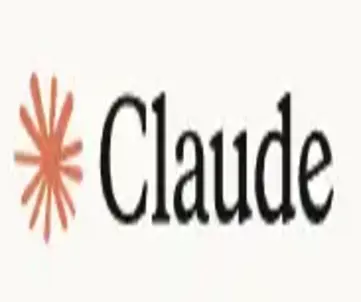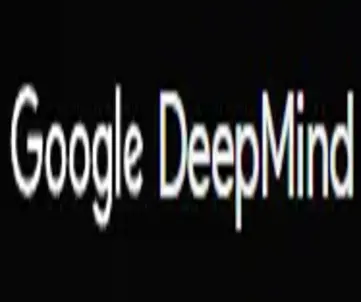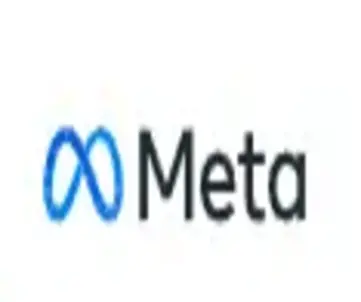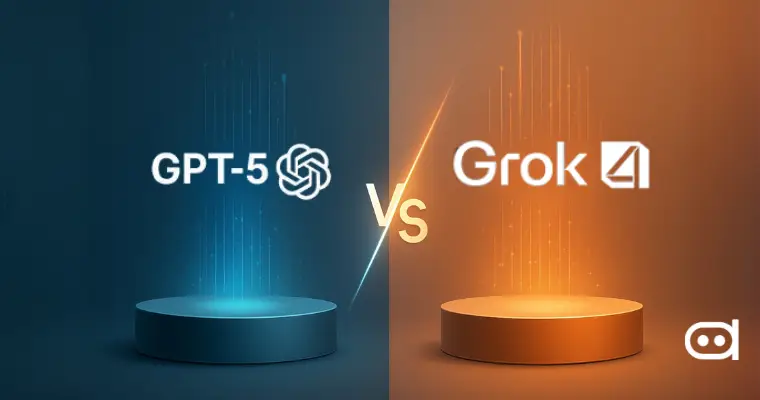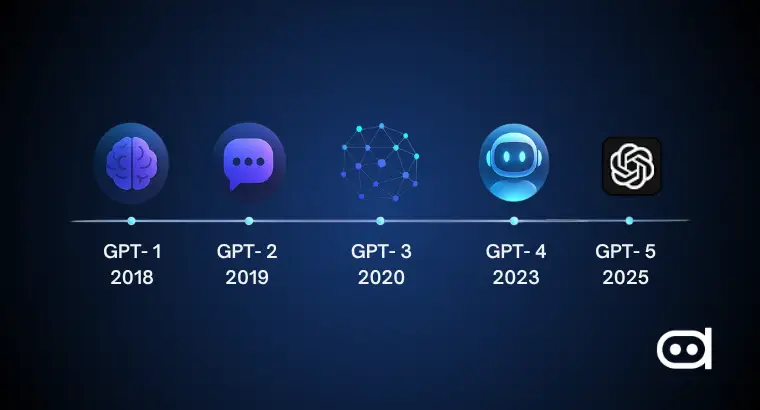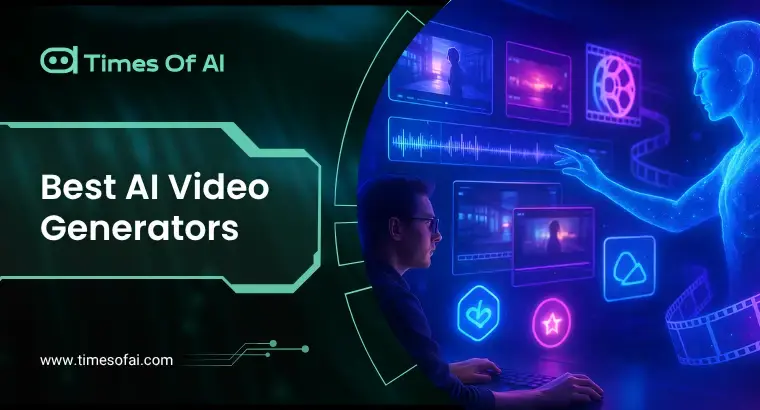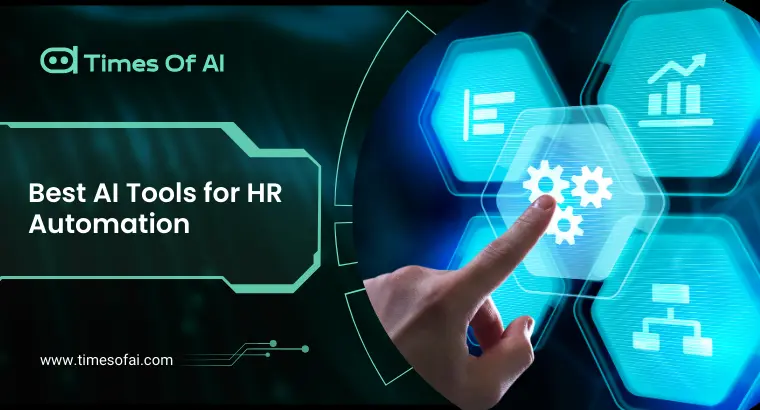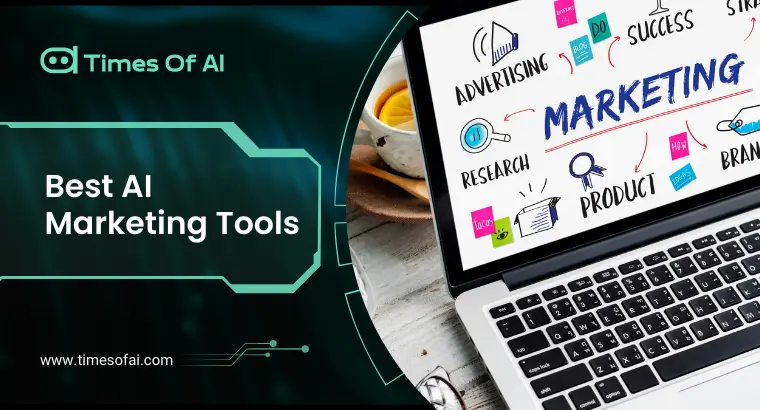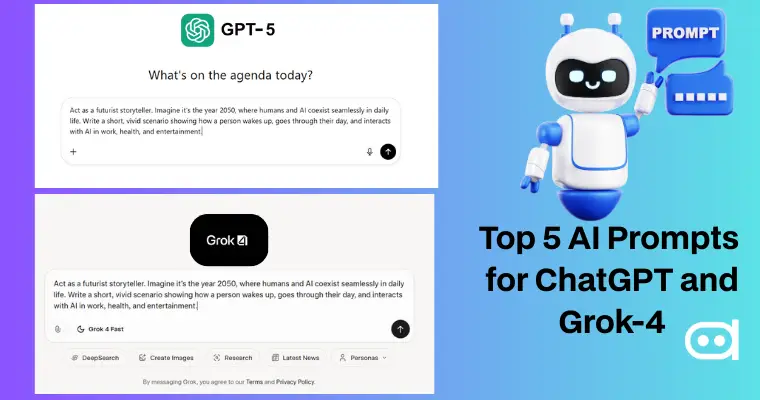
5 Best LLM Tools in 2026 Shaping AI Innovation
Large Language Models began as a research curiosity and now serve as basic technologies in everything from customer service automation to scientific research. As we navigate toward 2026, the landscape of LLMs has matured significantly, with models exhibiting improved reasoning capabilities, multimodal understanding, and enhanced performance. Let’s take a closer look at the top five LLMs that are shaping the next generation of artificial intelligence.
Key Takeaways
- Understanding the latest Large Language Models landscape requires recognizing that no single model is the best.
- GPT-5 is the best for reasoning ability and ecosystem maturity, whereas Claude 3.5 Sonnet is best for safety-conscious business applications.
- Gemini 2.5 Pro offers the best multimodal capabilities in creativity.
- Open-source solutions such as LLaMA 4 offer excellent flexibility and affordability for custom implementations.
Top 5 LLM Tools Explained
| Tools | Developer | Best For | Pricing (API) | Platform Compatibility |
|---|---|---|---|---|
| GPT-5 | OpenAI | Advanced reasoning, strong coding | Input: $1.25 / 1M tokens | Web, iOS, Android, API |
| Claude 3.5 Sonnet | Anthropic | Long context handling, safe outputs, business automation | Input: $3 / 1M tokens Output: $15 / 1M tokens |
Web, iOS, Android, API |
| Gemini 2.5 Pro | Google DeepMind | Strong multimodal reasoning, creative content generation | ≤200K tokens: Input $1.25 / 1M, Output $10 / 1M >200K tokens: Input $2.50 / 1M, Output $15 / 1M |
Web, Android, API |
| LLaMA 4 | Meta | Flexible deployment, open-source, research-friendly | Input $0.15 / 1M tokens Output $0.50 / 1M tokens |
Requires custom deployment (cloud/local) |
| Mistral Large 2 | Mistral | Efficient inference, high-quality reasoning, mixture-of-experts design | Input $3 / 1M Output $9 / 1M |
API, Cloud platforms |
Let's explore the 5 most popular LLM Models in detail:
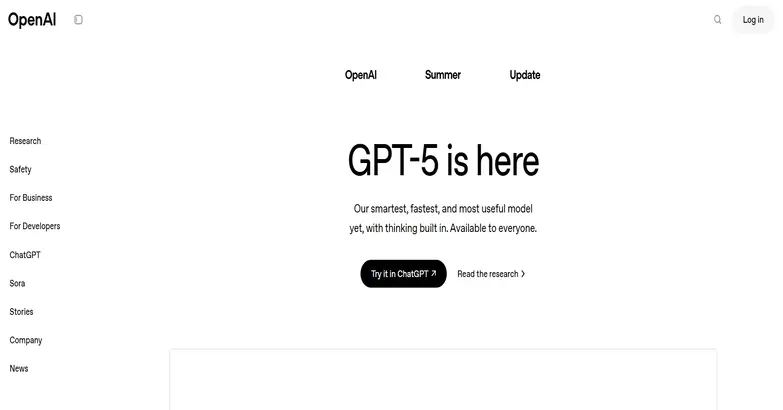
Introduction
With over 2 trillion parameters estimated, GPT-5, since late 2024, is the very top of OpenAI’s lineup. It backs ChatGPT Pro, while the API version is used for custom applications. Unlike its predecessors, it features a deeper thinking model for more complex queries.
Key Feature
- Chain-of-thought reasoning at the highest level with explicit logic steps.
- 200K token context window, which permits exhaustive analysis of documents.
- Multimodal, allowing the integration of text, images, and code.
- Can be fine-tuned with custom datasets for domain or business-specific applications.
Pros & Cons
- Best reasoning abilities across domains.
- Large ecosystem with great documentation and community support
- Regular updates and improvements
- Best in class on standardized benchmarks
- Expensive compared to other open source solutions.
- Occasional hallucinations still exist.
- Rate limited during peak usage
Pricing
- Input: $1.25 per 1M tokens
- Output: $10 per 1M tokens
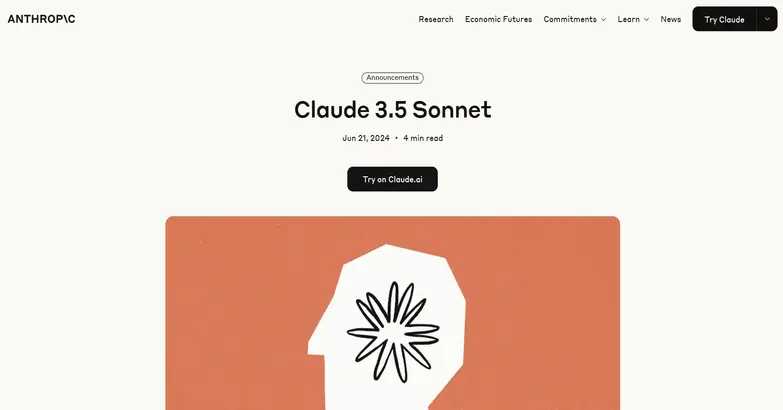
Introduction
Anthropic’s Claude 3.5 Sonnet is one of the most popular Large Language Models, which is a safe, reliable solution for business-critical applications. The model can process up to 200K tokens and is impressive at long-context handling.
Key Feature
- Establishment of Constitutional AI training with safety constraints programmed into models.
- The most advanced context retention ability on extremely long documents.
- Business-oriented in the automation of enterprise workflows.
- Lower hallucination rate than its competitors.
Pros & Cons
- Clean safety records and appropriate responses.
- Best in class for long-context tasks.
- Great analytical skills with business documents.
- Transparent about the limitations and uncertainty.
- More expensive API than its rival models.
- A bit conservative on creativity.
- Smaller ecosystem compared to OpenAI.
Pricing
- Input: $3 per 1M tokens
- Output: $15 per 1M tokens
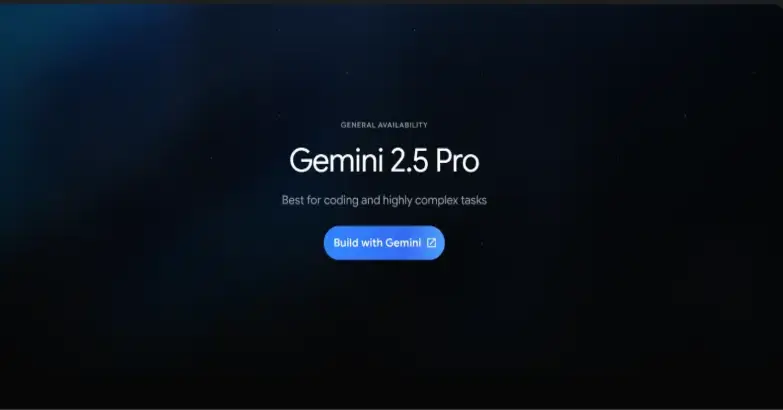
Introduction
Considered as Google’s flagship Large Language Model by Google DeepMind, Gemini 2.5 Pro excels at multimodal tasks that require visual and textual understanding. Initially launched as Bard, Gemini has evolved drastically, and possesses the capacity to solve queries at a faster rate, irrespective of the inputs.
Key Feature
- Backend multimodal architecture for processing text, images, and video.
- Creative content generation stays appropriate to the context.
- Seamless integration with Google Workspace and Search.
- Code execution with on-the-fly testing.
Pros & Cons
- Strong multimodal understanding and generation.
- Competitive pricing for shorter contexts.
- Excellent creative and marketing content generation.
- High accuracy when it comes to debugging code.
- Quality of response declines if the input is too complex.
- Sometimes inconsistency in reasoning.
- Smaller third-party ecosystem.
Pricing
- ≤ 200K tokens: Input $1.25/1M, Output $10/1M
- > 200K: Input $2.50/1M, Output $15/1M
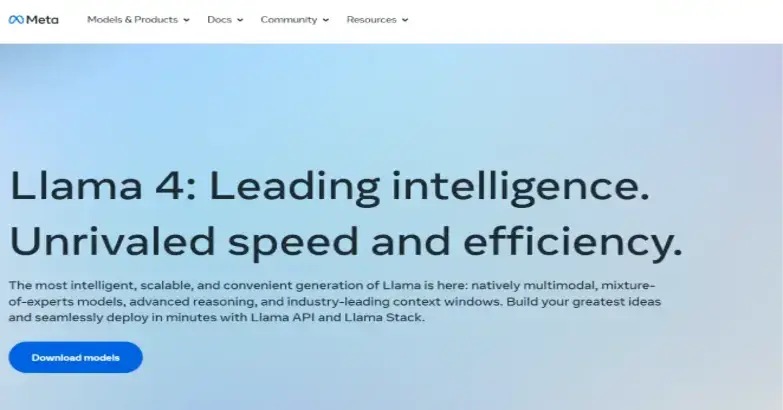
Introduction
Meta’s LLaMA 4 provides powerful language models deployable without vendor lock-in. Being one of the best open source Large Language Models of 2025, it offers competitive performance against its competitors.
Key Feature
- Open-source license for research and commercial use.
- Flexible deployment: local, cloud, or hybrid.
- Well-documented architecture for research.
- Large community working on tools and improvements.
Pros & Cons
- No recurring API fees for self-hosted deployments.
- Full control of model performance and privacy of data.
- Active community for support.
- Performance-wise, on par with proprietary models.
- Deployment requires a certain degree of technical expertise
- Host has to bear infrastructure costs.
- Less polished UI/UX compared to others.
Pricing
- Input : $0.15/1M tokens
- Output : $0.50/1M tokens (self-hosting costs vary)
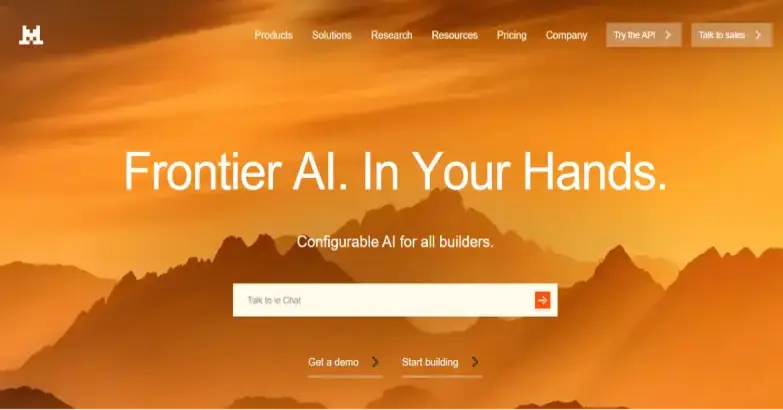
Introduction
This latest large language model by Mistral is built using a mixture-of-experts architecture that offers efficient, high-quality inference by activating select expert networks to balance performance and cost. From better mathematical and coding abilities to advanced function-calling capacity, this model is a significant evolution over its predecessor.
Key Feature
- Mixture-of-experts architecture lowers computational expenses.
- Inference is faster when compared to the older version.
- Strong European multi-lingual support.
- Price-competitive for huge volume use.
Pros & Cons
- One of the best price-performance ratios available on the market.
- Has a 128k-token context window.
- Strong ability to reason.
- Gaining more ecosystem support .
- Lacks built in multimodal support.
- Less extensive documentation.
- Limited direct platform integrations.
Pricing
- Input: $3/1M
- Output : $9/1M
Quick Guide On Best Large Language Models
What Are Large Language Models?
Artificial intelligence systems are trained on a massive amount of text data to understand and generate human-like language. Large Language Models have trillions of parameters in their neural networks as they learn the statistical patterns of language, which enables translation, summarization, and creative writing. The transformer architecture of 2017 made it possible to process long-range dependencies efficiently and served as an engineering shift toward building general-purpose intelligence.
How do LLMs Work?
LLMs employ transformer architectures to convert text to token sequences. Pre-training is introduced for generative training by predicting the next tokens, whereas fine-tuning modifies network parameters for actual tasks. Attention mechanisms decide which input deserves more weight while the output is being generated. Modern RLHF is a technique developed to align outputs with human preferences.
LLM Tools vs Traditional AI Models: What's the Difference?
| Aspect | LLM Tools | Traditional AI Models |
|---|---|---|
| Task Scope | General-purpose across domains | Single specific task |
| Training | Self-supervised on massive unlabelled data | Supervised on labeled data |
| Adaptability | Few-shot learning without retraining | Requires retraining |
| Scale | Billions to trillions of parameters | Typically millions |
Factors to Consider When Choosing the Popular LLM
- The cost structure determines the API pricing and infrastructure requirements.
- Task specialization depends on what kind of tasks it is, whether coding, creative writing, or analysis.
- Context windows govern the number of documents to be handled.
- Privacy concerns may necessitate self-hosting. With this, integration complexity impacts how long deployment takes.
Best LLM by Category (2026 Outlook)
- Best for Coding: GPT-5 leads with superior debugging and algorithm implementation.
- Best for Business Automation: Claude 3.5 Sonnet excels in enterprise workflows requiring reliability.
- Best for Creative Tasks: Gemini 2.5 Pro demonstrates superior content generation.
- Best Open-Source: LLaMA 4 provides capable open-source flexibility.
Applications of Latest Large Language Models in 2026
- Customer service automation makes support more customer-friendly as chatbots get trained to handle intricate queries.
- Content creation employs the best Large Language Models for large-scale marketing copy.
- Software-development assistance increases coding speed through autocompletion and debugging functions.
- The healthcare setting sees applications of Large Language Models in clinical summarization and research automation.
- Legal analysis utilizes LLM-driven contract review and compliance checking.
Ethical Challenges & Security Risks of LLMs
- Bias issues persist from prejudices in training data.
- Privacy concerns from potential information revelation.
- Misinformation generation creates content that is wrong yet convincing.
- Security issues with prompt injection attacks.
- Impact on work with job displacement.
- Training requires high energy consumption.
Future of LLM Tools in 2026 and Beyond
The present trajectory points toward specialization alongside an advancement in capability. The multimodal AI models thus becomes the standard for processing multiple formats. Personalization shall progress by way of memory systems. Agentic capabilities shall also grow, allowing for autonomous task execution.
Final Thoughts on Best LLM Models
Selecting the top Large Language Models depends upon matching the models’ strengths with their use cases. Users can pick GPT-5 for a mature ecosystem, Claude for safety, Gemini for creativity, LLaMA for flexibility, and Mistral for cost. Organizations should evaluate models based on their requirements.
FAQs
Can free LLMs compete with paid ones?
No, free tiers have limited usage, and prioritize paid users.
Are open-source LLMs reliable?
If organizations spend enough on infrastructure and safety, open-source LLMs are reliable.
Which LLM is the best for coding?
Currently, GPT-5 is one of the best LLM models as it provides accurate coding service with better generation and implementation.
What's next for LLM technology?
Future emphasis will be on better reasoning, multimodal understanding, highly efficient architectures, accelerators, alignments, and agent capabilities.
Is ChatGPT LLM?
ChatGPT is an application built on top of OpenAI’s LLMs (GPT-4 and GPT-5).
What is the difference between LLM and AI?
AI encompasses all intelligent systems, including vision and robotics. LLMs are specific AI types focused on language understanding.
- Key Takeaways
- Best LLM Tools Shaping AI Innovation
- Guide On Best Large Language Models
- What Are Large Language Models?
- How do LLMs Work?
- LLM Tools vs Traditional AI Models
- Choosing the Popular LLM
- Best LLM by Category
- Applications of Latest Large Language Models
- Challenges & Security Risks
- Future of LLM Tools
- Final Thoughts
- FAQs
SHARE
Related Articles



